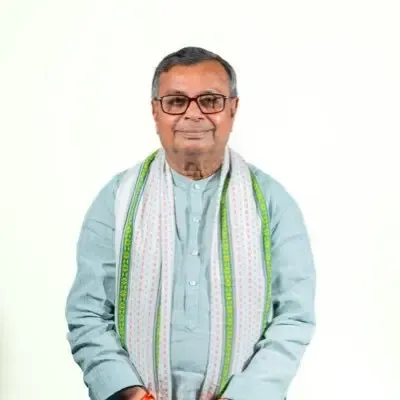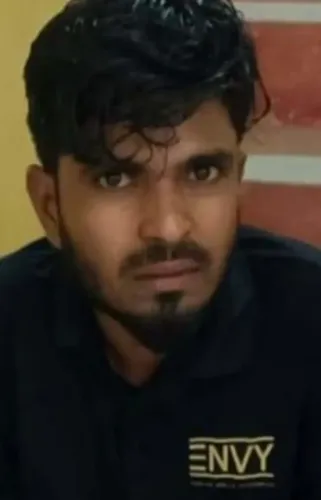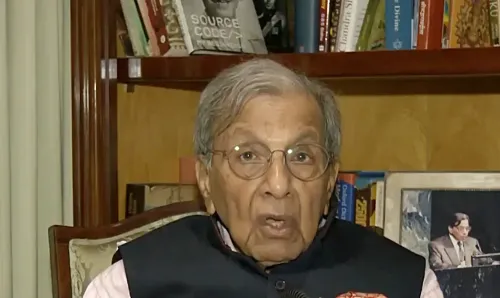What Sentencing Did the Court Impose on Anna University Sexual Assault Case Convict?

Synopsis
Key Takeaways
- A. Gnanasekaran sentenced to life imprisonment.
- Minimum of 30 years without remission.
- Strong evidence led to conviction.
- Public protests highlighted societal concerns.
- Significant implications for women's safety.
Chennai, June 2 (NationPress) In a landmark ruling that provides closure to one of Tamil Nadu's most harrowing sexual assault incidents, the Chennai Mahila Court has sentenced A. Gnanasekaran to life imprisonment, stipulating a minimum of 30 years in jail without any chance of remission.
Additionally, the convict has been fined Rs 90,000.
It is important to note that Gnanasekaran, who was a biriyani vendor and a temporary employee at the Centre for Women Empowerment in Anna University, was apprehended in December 2024 following a complaint lodged by a female student.
The case ignited widespread outrage in the state, leading to protests from student organizations and women's rights groups urging immediate and severe action.
On May 28, Gnanasekaran was found guilty by the Mahila Court.
The prosecution, led by the government counsel, provided compelling documentary and forensic evidence, including CCTV footage and call logs.
The court determined that the prosecution had proven its case beyond a reasonable doubt. Judge Rajalakshmi, overseeing the trial, had reserved the sentencing for June 2 after declaring the accused guilty of all 11 charges against him.
The prosecution sought the maximum punishment, taking into account the seriousness of the crime and its ramifications for the victim and society at large.
The incident was reported on December 23, 2024, when the survivor filed a complaint at the All Women Police Station located in Kotturpuram, Chennai.
She alleged that Gnanasekaran approached and threatened her while she was with a male companion at night, subsequently sexually assaulting her.
In response to public outcry and concerns regarding procedural errors, the Madras High Court transferred the investigation to a Special Investigation Team (SIT), which also examined the leak of the initial FIR.
The SIT submitted a comprehensive charge sheet in February 2025, which was later forwarded to the Mahila Court for trial on March 7.
Charges were filed under multiple sections of the Bharatiya Nyaya Sanhita (BNS) and Bharatiya Nagarik Suraksha Sanhita (BNSS), including Sections 329 (criminal trespass), 126(2) (wrongful restraint), 87 (abduction of a woman), and 64(1) (rape).
He was also charged under Section 66 of the IT Act and Section 4 of the Tamil Nadu Prevention of Women Harassment Act.
This verdict has been broadly appreciated as a strong message against crimes aimed at women and the exploitation of institutional environments.









